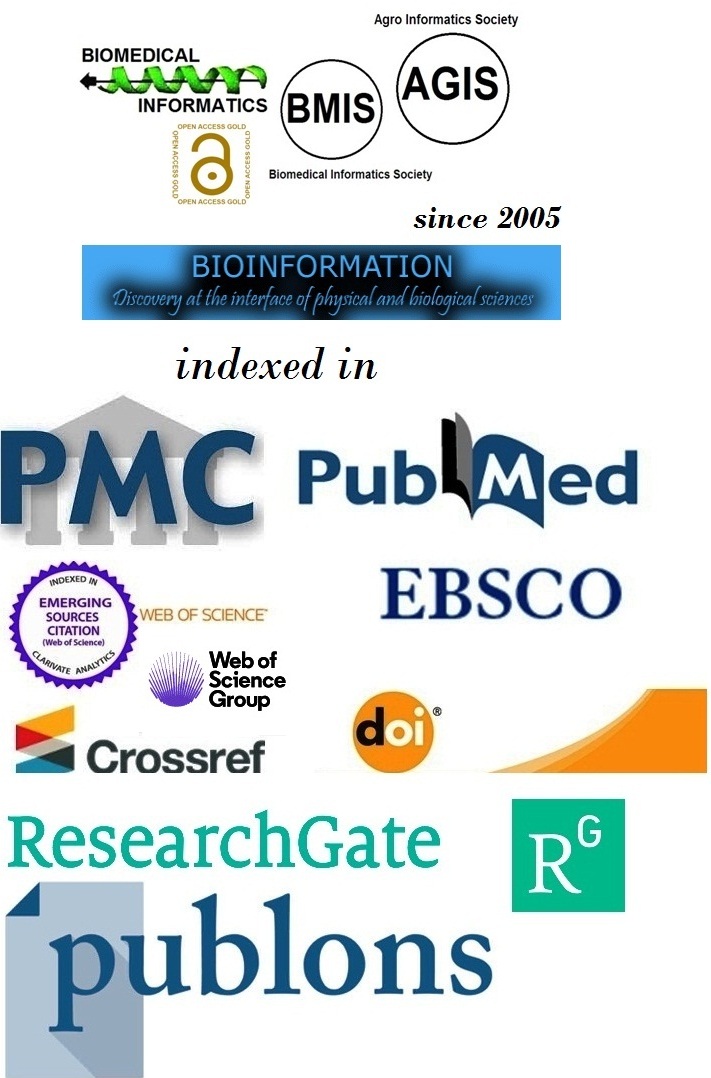Title
Evaluation of rapid detection methods for H5N1 virus using biosensors: An AI-based study
Authors
Roberto Eggenhöffner1, Paola Ghisellini1, Cristina Rando1, Simonetta Papa2, Allen Khakshooy3 & Luca Giacomelli2,*
Affiliation
1Department of Surgical Sciences and Integrated Diagnostics (DISC), University of Genova, Corso Europa 30, Genova - 16132, Italy; 2Polistudium SRL, Milan, Italy; 3Department of Internal Medicine, Valley Hospital Medical Center, Las Vegas, NV - 89106, USA; *Corresponding author
Roberto Eggenhöffner - E - mail: roberto.eggenhoffner@unige.it
Paola Ghisellini - E - mail: paola.ghisellini@unige.it
Cristina Rando - E - mail: cristina.rando@unige.it
Allen Khakshooy - E - mail: akhakshooy@gmail.com
Luca Giacomelli - E - mail: luca.giacomelli@polistudium.it
Simonetta Papa - E - mail: Simonetta.papa@polistudium.it
Article Type
Editorial
Date
Received November 1, 2024; Revised November 30, 2024; Accepted November 30, 2024, Published November 30, 2024
Abstract
High mortality and zoonotic potential predispose the H5N1 avian influenza virus as a critical threat. Knowing that an epidemic could be occurring, quick and precise diagnostic techniques are essential for managing and containing possible epidemics. To detect H5N1 in saliva samples, this study investigates the theoretical design, simulation and evaluation of three kind of biosensors based on different technologies with potential as rapid identifications tools to diagnose quickly H5N1: Lateral Flow Tests (LFT), Field Effect transistors (FET) based electrochemical sensors and Quartz Crystal Microbalance (QCM) sensors. Through detailed AI-based simulations, we show the capabilities, sensitivities and specificities of these biosensors, highlighting their potential for applications in general biology as well as their suitability both for routine home practice and for applications by control entities in public settings. We therefore wish to pave the way to a framework for the quick creation of detection tools that can be swiftly implemented for rapid deployment in case of an outbreak of disease.
Keywords
H5N1 virus detection, biosensors, lateral flow, field-effect transistor, quartz crystal microbalance
Citation
Eggenhöffner et al. Bioinformation 20(11): 1516-1523 (2024)
Edited by
Francesco Chiappelli
ISSN
0973-2063
Publisher
License
This is an Open Access article which permits unrestricted use, distribution, and reproduction in any medium, provided the original work is properly credited. This is distributed under the terms of the Creative Commons Attribution License.
